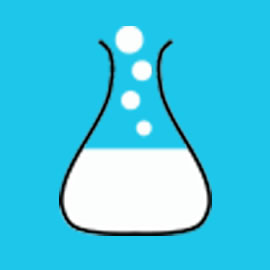
STEM
Science, Technology, Education, Mathematics
A career in science, technology, engineering or mathematics is exciting, and ever-changing. Learners who pursue one of these career fields will be involved in planning, managing, and providing scientific research and professional and technical services including laboratory and testing services, and research and development services.
- Foundations of Technology
- Technological Design
- Advanced Design Applications
Foundations of Technology
- Pre-Requisites: None
- Recommended Credits(s): 1
- Recommended Grade Level: 9-12
Foundations of Technology prepare students to understand and apply technological concepts and processes that are the cornerstone for the high school technology program. Group and individual activities engage students in crating ideas, developing innovations, and engineering practical solutions. Technology content, resources, and laboratory/class-room activities apply student applications to science, mathematics and other school subjects in authentic situations.
This course will focus on the three dimensions of technological literacy: knowledge, ways of thinking and acting, and capabilities, with the goal of students developing the characteristics of technologically literate citizens. It will employ teaching/learning strategies that enable students to build their own understanding of new ideas. It is designed to engage students in exploring and deepening their understanding of engineering. And makes use of a variety of assessment instruments to reveal the extent of understanding.
This course is one component of the overall technology engineering education program designed to prepare students for the technological world by preparing them to assume the roles of informed voters, productive, workers, and wise consumers. The course will focus on the development of knowledge and skills regarding the following aspects of technology: 1) its evolution, 2) systems, 3) core concepts, 4) design, and 5) utilization.
This course is a transition high school level learning experience that builds on student understanding gained in middle school courses. It capitalizes on the maturing adolescent’s ability to understand technological concepts and analyze issues regarding the application of technology. The course will prepare students understand the design world, engineering design, attributes of design and the core concepts of technology.
This course continues integrating STEM in problem-solving, project-based learning, and engineering design helping all students develop a better understanding of information and communication, construction, manufacturing, and power and energy technologies.
Technological Design
- Pre-Requisites: None
- Class Credits: 1
- Reccomended year: 9-12
In Technological Design, engineering scope, content, and professional practices are presented through practical applications. Students in engineering teams apply technology, science, and mathematics concepts and skills to solve engineering design problems and innovate designs. Students research, develop, test, and analyze engineering designs using criteria such as design effectiveness, public safety, human factors, and ethics. This course is an essential experience for students who are interested in technology, innovation, design, and engineering. Program of Study Application Technological Design prepares students for the capstone Engineering Design course that is used as a bridge course for post-secondary study.
Technological Design
- Pre-Requisites: Foundations of Technology, Technological Issues, Algebra 1 and Geometry, Physical Science
- Class Credits: 1
- Reccomended year:11-12
This course has been designed as an advanced study for students engaged in themed academies and general technology studies that lead to the capacity to understand how technology’s development, control and use is based on design constraints, and human wants and needs. The structure of the course challenges students to use design processes so that they can think, plan, design and create solutions to engineering and technological problems. Students are actively involved in the organized an integrated application of technological resources, engineering concepts, and scientific procedures.
This course consists of four units including Manufacturing, Energy and Power, Construction and Transportation Technologies. 1. The Manufacturing unit examines the advances that maintain manufacturing efficiency, how human consumption affects manufacturing and how process and changing raw materials can produce more desirable products. 2. The Construction unit examines a number of the factors influencing the design and construction of permanent and semi-permanent structures, the practices related to construction maintenance, alteration, and renovation and the functions of the primary systems installed in those structures. 3. The Energy and Power unit explores the relationship between energy and power technologies and all other technologies, and how they impact cultures, societies, and the environment. 4. The Transportation unit examines the complex networks of interconnect subsystems that each transportation system comprises and the roles of these components in the overall functional process of the system.
The students will continue their education in Sciences, Technology, Engineering, and Mathematics (STEM) and will experience design engineering in the creation, synthesis, iteration, and presentation of design solutions.
This course is designed to prepare high school students who plan to go on to community college technical education or university-level engineering programs. It will help students apply knowledge and skills required to create and transform ideas and concepts into a product that satisfies specific customer requirements in the four learning units.

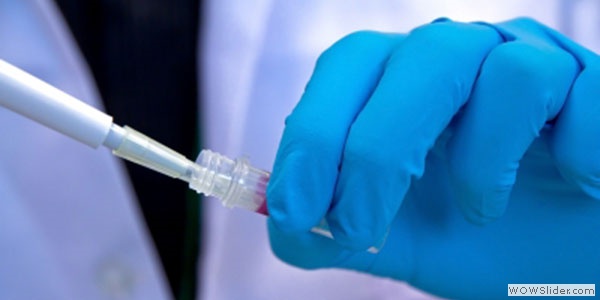

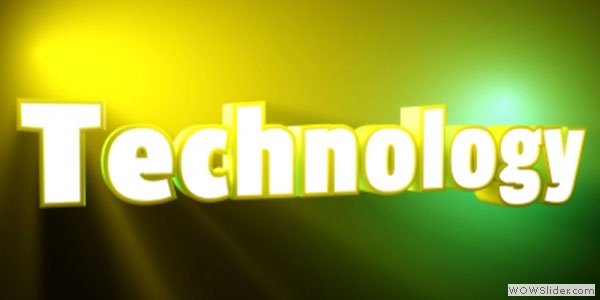

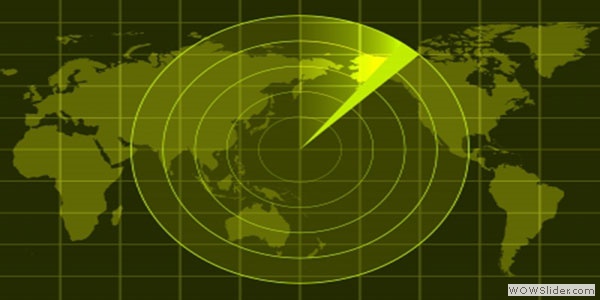

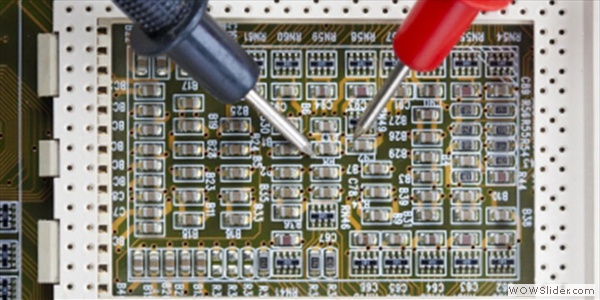
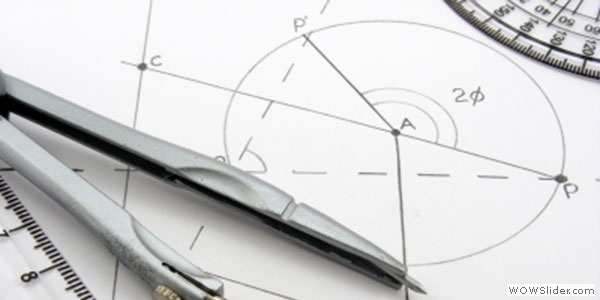
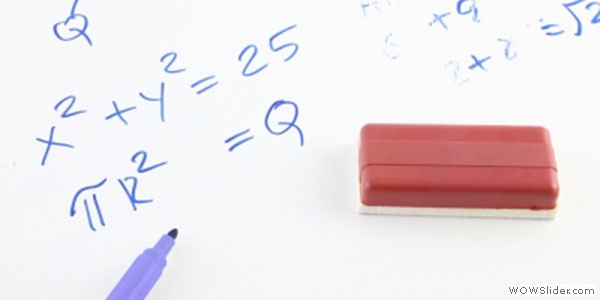
 1
1 2
2 3
3 4
4 5
5 6
6 7
7 8
8 9
9 10
10